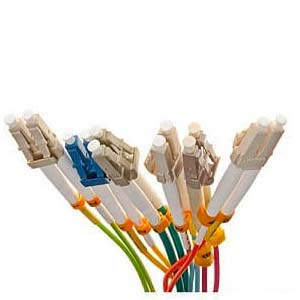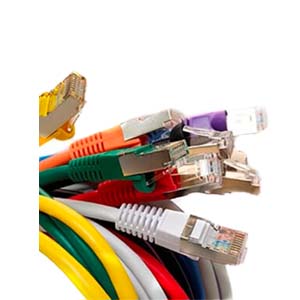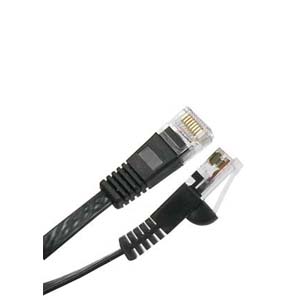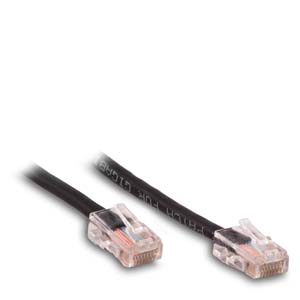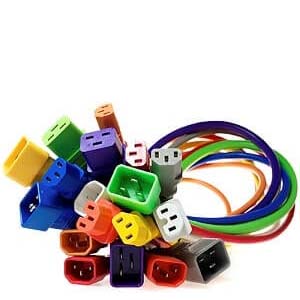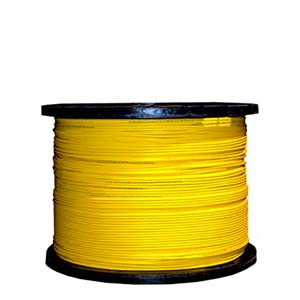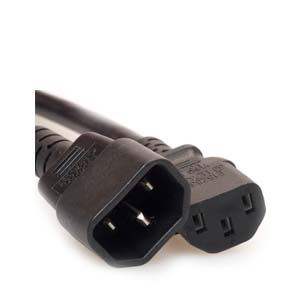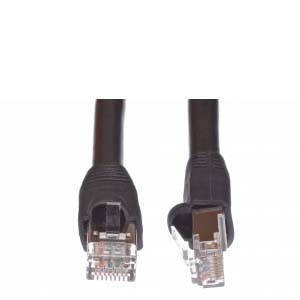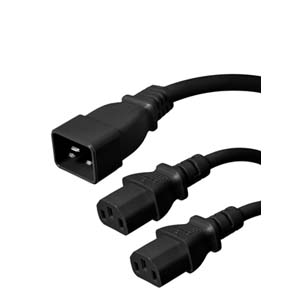Shop Cables for Sale - Fiber Optic Cables, Network Cables, Outdoor Cables, Bulk Ethernet Cables, Cat6 Cables, Cat5 Cables, Cat5e Cables, Crypto Cables and Data Center Cables.
What you need to know about the HDMI 2.0
There has been a recent move towards the new HDMI 2.0 standard, bringing with it many changes and improvements to the HDMI specification, but there are a few questions that should be answered: what exactly has changed since the specification for HDMI 1.4, and what do these changes mean for the end user?
by Vikas Dayal • August 03, 2017
There has been a recent move towards the new HDMI 2.0 standard, bringing with it many changes and improvements to the HDMI specification, but there are a few questions that should be answered: what exactly has changed since the specification for HDMI 1.4, and what do these changes mean for the end user?
Improved Frame Rates and Full 4K Support
The previous version of the HDMI specification - version 1.4 - supported frame rates of up to 30 frames per second at high resolution. With the television industry almost universally adopting support for 4K Ultra HD resolutions, the requirement for support from the HDMI standard was clear. As such, HDMI 2.0 offers full support for 4K resolutions at frame rates of up to 60 frames per second, which is a massive improvement. While frame rates are less important for cinematic movies, which are almost always shot at 24 frames per second, it provides massive improvements for other content such as video games or online media streaming.
Hardware Support - No New Cables Required
The HDMI 2.0 specification offers all of its improvements and new features purely as hardware changes in the devices themselves, meaning that there is complete compatibility with current HDMI cables. The only requirement for using HDMI 2.0 is a device that supports it in the first place, and, if you've purchased new hardware recently, it may already support HDMI 2.0 without you even knowing.
Software Support
The possibility of upgrading your existing devices to HDMI 2.0 from the previous version via a simple software download is debatable. While some device manufacturers’ support upgrades via a simple software update, such as some Sony products, support for a software-based upgrade is not universal. For many manufacturers, an upgrade to HDMI 2.0 is simply not possible without direct upgrades to hardware or firmware. If you want to find out whether your device supports a software upgrade to the HDMI 2.0 standard, it's recommended to contact the manufacturer directly.
While it's not impossible to perform the update to HDMI 2.0 via software, it's not easy, and it's not universal, as there is no standard in place for future upgrades at this time, and it is deferred entirely to the device manufacturers.
Complete Backward Compatibility
A side effect of the new standard using hardware support is complete backward compatibility as well as cross compatibility with earlier versions of the HDMI specification. As mentioned in a previous section, this means that your current cables are already compatible with HDMI 2.0, but it also means that your current devices compatible with HDMI 1.4, such as gaming consoles or PCs, are already compatible with HDMI 2.0 televisions and monitors.
Improved Bandwidth
The crucial change to the HDMI specification that makes all of these other improvements possible in the first place is the massive increase in bandwidth present in the 2.0 specification. This bandwidth increase allows for considerably larger quantities of data to be transferred at notably higher speeds. This higher bandwidth is what allows the device's frame rates to be substantially increased, as well as support for high resolutions at these increased frame rates.
Conclusion
Overall, HDMI 2.0 is a huge leap forward, and you may already be using it without even knowing. With higher possible frame rates at high resolutions, massively improved bandwidth, and full backward compatibility with cables as well as other hardware, the upgrade to HDMI 2.0 can be as simple as buying any device that supports it, and simply using your existing hardware to run it. While in some cases, the upgrade to HDMI 2.0 can be accomplished by downloading a simple software update onto your device.


